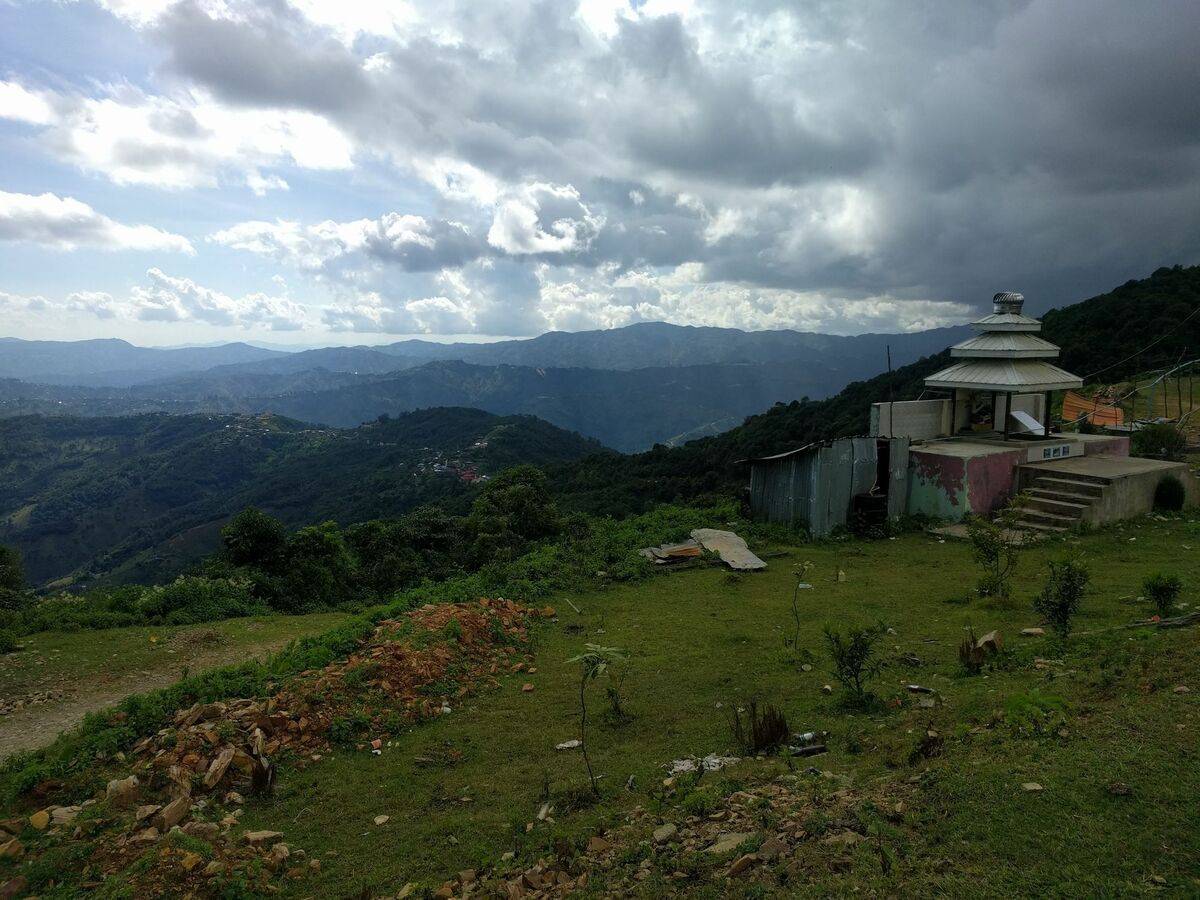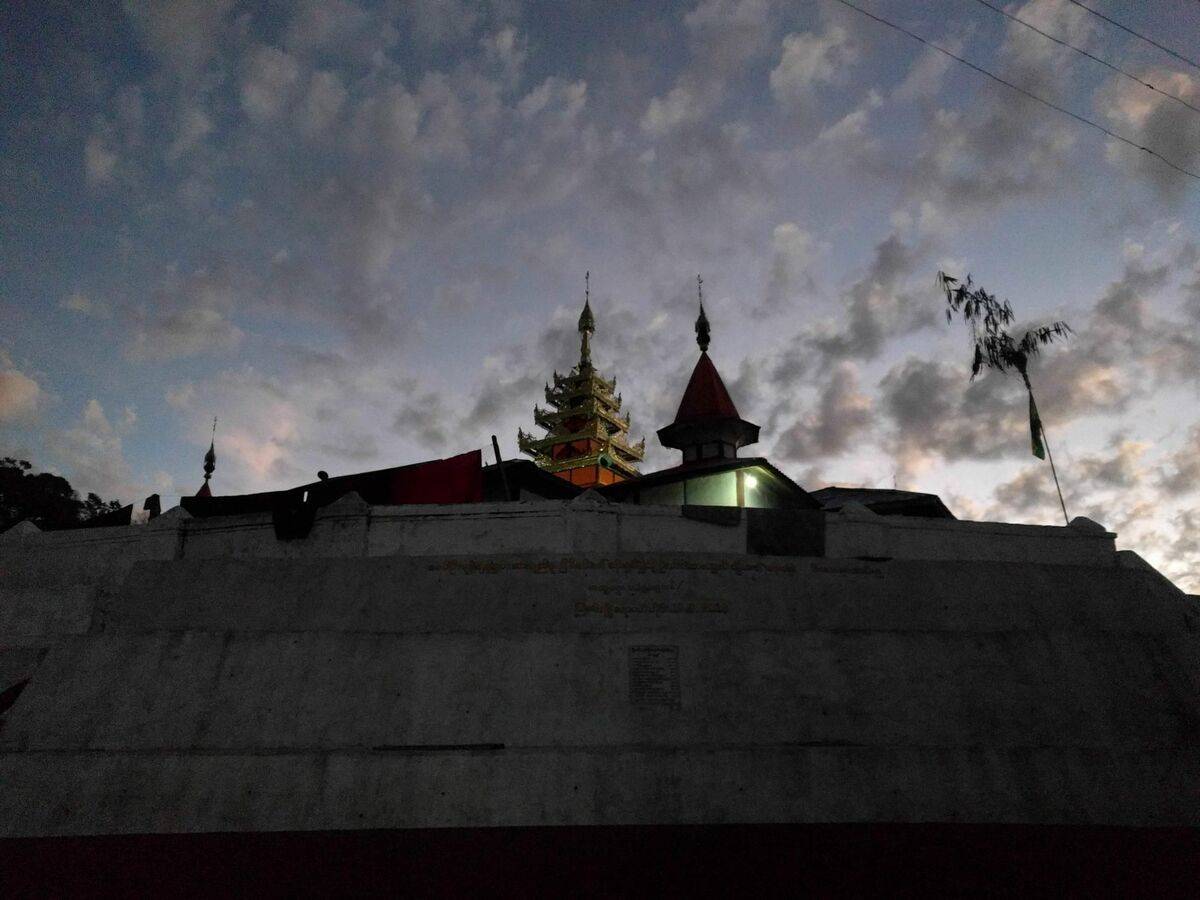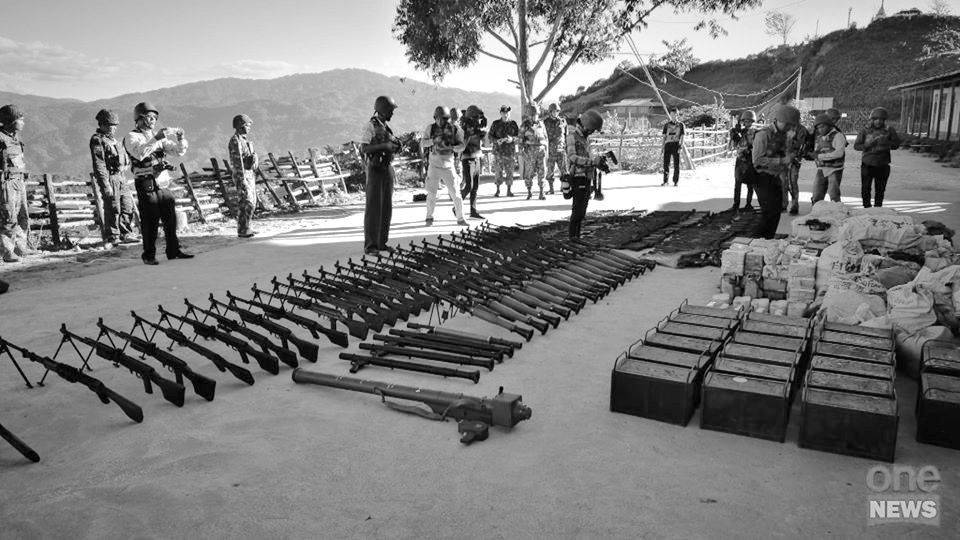On the 22nd November 2019 press releases started circulating on Myanmar social media and news outlets concerning what was defined as one of the largest weapons seizures carried out by the Tatmadaw (Myanmar Armed forces) in the last years. The pictures accompanying the news depicted photojournalists and onlooking security officials immersed in a typical northern Shan State mountain-scape while capturing and recording the various materiel laying on the ground: rocket-propelled grenade launchers, light machine guns, assault rifles, ammunition, grenades, boxes of ammunition and other military equipment. Amongst the weaponry, one object in particular catalysed the attention of observers, what at first glance appeared as an FN-6 man-portable air-defence system (MANPADS). Whereas both international and local media outlets were quick in reacting to the event in the following days, emphasis was placed on different aspects of the event highlighting markedly distinct vantage points in the understanding of that rare weapon, the significance of the seizure, and broader political issues laying behind and beyond it.
I
An army column was operating around the area of Homein village, Namhsan township, as part of recent increased military pressure on the northern borderlands of Shan State when it encountered troops of the Palaung State Liberation Front/Ta’ang National Liberation Army (PSLF/TNLA). According to the version of the Tatmadaw, the weapons were found stored in three caches while conducting searches in the surrounding areas after the encounter. Most probably the firearms were recovered while combing camps or outposts as it was specified that they were not actually found inside the main village.
These mountainous areas located at the northernmost edges of Namhsan township, some 300 Km south to the border with the People’s Republic of China, constitute the core of the de-facto control/operational territories of the Ta’ang politico-armed organization. Since its creation in 2009, TNLA has gained prominence amidst the complicated scenario of Myanmar armed conflicts. The group has consolidated its position both politically and militarily in the pursue of what is its stated primary objective, meaning the liberation of Ta’ang people from oppression via the creation of a state of autonomy inside a federal democratic union of Myanmar.

II
International observers tended to focus more on the technological aspects of the FN-6 – a third-generation man-portable air-defence system normally manufactured in China by the defence company Poly Technologies – and its implications in terms of security, strategy and tactics, from both a civilian and military point of view.
The recovery of a MANPADS amongst the weapons seized to the armed non-state actor surprised in part because the organization was deemed to be militarily less advanced than others navigating these borderlands, in part because up to now the idea had consolidated that the only non-government army having established access to such a weapon was the United Wa State Army (UWSA), due to its privileged relations with China. UWSA is the most powerful of Myanmar’s Ethnic Armed Organizations (EAOs), one that is often compared to Lebanon’s Hezbollah apropos its military strength and considered as a de-facto confederated state inside Myanmar concerning its political status.
If another non-government army has been capable of acquiring such a technology, this is going to constitute a “game-changer” in the scenario of the currently ongoing military campaigns involving the Tatmadaw and the EAOs in northern Shan State as well as Rakhine State, it was argued. On the other hand, the acquisition would potentially pose a serious threat to the security of civil aviation across the airspaces of Myanmar. Others instead remarked how the presence of that object in the pictures was not to be banalized, not only in regard to its uses but also in respect to the ways in which the weapon could have actually reached those latitudes.1 In other words, the fact that Myanmar is positioned at the crossroads of arms proliferation sources and that grey and black-market channels sustain the circulation of weapons in the region does not necessarily imply that anybody can access whatsoever type of item wherever and whenever they want. For a politico-armed organization located in such a sensitive and volatile borderland to acquire such a weapon a constellation of political factors have also to align, such as for instance the consent of military and political allies or interlocutors that may be enmeshed in those grey and black channels.
This approach somehow echoed the red thread along which the policy-oriented literature on small arms and light weapons (SALW) and armed non-state actors has developed in the last years. The proliferation of weapons and acquisition by armed groups in this ambit has been first and foremost depicted as an international security threat that demands a technical response to adequately cope with the problem. The theft, loss, or (re)transfer of SALW threatens governments, their militaries, as well as civilians and public health. While a considerable amount of research has been carried out on the topic, this has most often been coloured by such a securitized approach. In turn, this has also led to the prevalent use of technically-oriented methodologies that focus on tactic-technical aspects and effectiveness of the weapons.2 In this sense, certain kinds of weapons technologies, in particular, are considered to pose an inherent threat to stability and peace while fuelling crime and conflict - MANPADS serve as a perfect example here. Framed in these terms, the problem of the acquisition of surface-to-air missiles by armed non-state actors emerged neatly in the eyes of European and western observers especially in the aftermaths of the Libyan uprisings and the looting of Gaddafi’s stockpiles. Fears of repercussions for military and civilian potential aerial targets did not materialize notwithstanding consistent reports about the proliferation of Libyan MANPADS across North Africa, the Sahel, and the Middle East.3 In the meantime, Syria similarly came under the spotlight as several armed groups were proved to be in possession of a considerable array of models including recent-generation systems.4 Up to 2013/4, Syrian armed groups were deemed to be the only ones to have acquired FN-6 MANPADS.5 Interestingly, the same years in which possession of the system by UWSA was also documented.
In this context, armed groups are mostly approached as anomalies of international political orders to be tackled either at the source by curbing or controlling weapons acquisitions, or to be engaged in descending phases of conflict, such as ceasefires and peace negotiations, via disarmament and reform schemes. Recently some space has been carved out for thinking about armed groups as actors controlling weapons and armed violence but mostly through the lenses of again a securitized approach that departs from a humanitarian standpoint and looks at the matter from a predominantly technical and human security perspective.6 In the middle actually still stands a knowledge gap concerning how non-state armed groups and their weapons relate to political orders beyond state ones.

III
Listening to the perspectives to which Myanmar media instead gave voice, the attention seemed to shift away from the intrinsic qualities of the surface-to-air missile retrieved in the exceptional seizure to the meanings behind the acquisition of MANPADS by the armed group. Noting how significant financial resources are required to obtain such an item, the military and other national commentators were quick to infer that the presence of an FN-6 in the pictures most surely represented a tangible proof of the involvement of PSLF/TNLA into illicit activities vaguely subsumed under the triad of “taxes”, drugs, extortion”. Associating the politico-armed organization with organised crime, the army could indirectly reiterate how the plague of narcotics trafficking and illegal activities fuels the war in the borderlands. The PSLF/TNLA released an official request to rectify one of the media articles, but the question had already been put on the table: would the public feel safe knowing that an armed group involved in criminal activities disposes of that kind of weapons?
Shifting from national media to a local vantage point, the perspectives on this event changed radically. Some weeks before the seizure occurred, discussing the recent escalation in hostilities that has characterized northern Shan State in the last months and the dry season approaching, some interlocutors had pointed out to me something that resurfaced in front of the pictures of the weaponry seized. Surrounded by similar landscapes to those that now served as the backdrop for the arms gathered in Homein, local villagers in other Ta’ang areas had noted how the sky remained as the only unpredictable source of insecurity due to the total control exerted over it by the army during counterinsurgency actions.
IV
Reflecting on the short circuits of the points of view expressed by international or in-country observers and looking back at the FN-6 showcased in the Homein village seizure, some considerations emerge refracted in the words of the local interlocutors.
Firstly, behind the comments concerning the dangers intrinsically connected to MANPADS (especially when supposedly in the “wrong hands”) or those related to the linkages between arms acquisitions and involvement in drug trafficking stands an underlying assumption that non-state actors lack whatsoever form of control over weapons, non-government armed forces, and associated armed violence. Nonetheless, if the circumstances of the seizure are indicative of something, these probably point to the exact opposite direction. In fact, the caches were apparently retrieved in three different locations, not inside the village of Homein but in remote areas surrounding it. Most probably in mobile temporary camps or outposts of TNLA. While this element may seem irrelevant, it can be revealing when interpreted in light of the past experiences of so-called “4-cuts” counterinsurgency strategies carried out by the Tatmadaw in Ta’ang communities’ lands in the late 1980s/1990s.
Suffice here to recall for example how amongst the several drivers that led the previous Ta’ang insurgent group to conclude a ceasefire in 1991 there was also an express formal request by communities to stop the violence. Since its constitution, TNLA seems to have adopted practices aimed to control its own weapons, its armed force, and the way it relates to civilians – amongst which there is also the decision not to build camps or positions right inside villages. Like for many other insurgent armed groups, the share of control over the means of violence that PSLF/TNLA enjoys in portions of the northern borderlands is based upon forms of legitimacy that are crafted through practices and discourses tackling the sense insecurity experienced by the Ta’ang at individual and community levels both vis à vis the formal institutions of the Myanmar state and other EAOs during the ceasefire period and after the disarmament of 2005.
Secondly, and related to this last point, the acquisition and the exposure of such a weapon to the public, although perhaps not intentional, assumes great symbolic relevance. While it remains unclear whether or not the Tatmadaw seized all the components necessary for the missile system to be operative, certainly the recovery of a MANPADS sends a clear message. The message though is not only one of deterrence addressed to the Tatmadaw, but one that at the same time targets also the constituencies of PSLF/TNLA, with which the group has built mutual relations of authority and legitimacy that are underpinned by a deep-seated sense of oppression and lack of political and social space for Ta’ang communities. If the airspace still remained as an environment in which up to now PSLF/TNLA had not been able to carve out a space of security, perhaps things may change in the future or at least symbols of such opportunities have been displayed.
Lastly, the way in which the Tatmadaw has portrayed the event – emphasising the alleged lack of order in the borderlands, where according to them drug dealers masked as EAOs build their organizations on illegal and illegitimate incomes – aims to discursively reinforce the role of the army as the protector of the country. Although the Tatmadaw is surely a complex actor, it seems to found its political legitimacy on what is first and foremost a military task: the protection of the country from illegitimate forms of violence. In doing so though the Army also operates with a view to deny and discredit whatsoever other actors taking a role in the control over the means of violence as well as forms of control over armed violence that do not come under its purview. Overall, this stance significantly hampers any possibility to open up a dialogue about the (re)constitution of the security sector in the country which is definitely one of the cornerstones of the largely debated and stalled Myanmar peace processes.
Notes
1 Author’s private conversations in Myanmar and Bangkok.
2 Small Arms Survey (2015), MANPADS Proliferation Reduction by Design, Issue Brief, No. 11.
3 Small Arms Survey (2015), Missing Missiles. The Proliferation of Man-portable Air Defence Systems in North Africa, Issue Brief, No.2; UNIDIR (2018), The Changing Role of Conventional Arms Control in Preventing and Managing Violent Conflicts , p.2; UN Panel of Experts.
4 Small Arms Survey (2014), Fire and Forget, Issue Brief, No. 9.
5 Ibid p. 3.
6 Small Arms Survey (2010), Options for Engagement. Armed Groups and Humanitarian Norms, Yearbook 2010, Ch. 12; UNIDIR (2018), The Changing Role of Conventional Arms Control in Preventing and Managing Violent Conflicts; UN DDR Resource Centre, Integrated DDR Standards, https://unddr.com/framework/level-4/; de Tessières, S. (2018), Effective Weapons and Ammunition Management in a Changing Disarmament, Demobilization and Reintegration Context. A Handbook for United Nations DDR practitioners, United Nations Department of Peacekeeping Operations – United Nations Office for Disarmament Affairs, https://www.un.org/disarmament/publications/more/ddr-handbook/
Acknowledgements
Cover photo: (C) One News.
